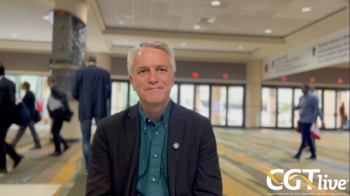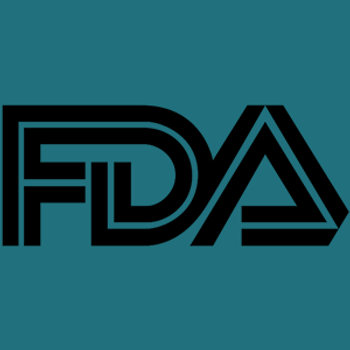
Vitamin B12: Neuroprotectant against optic neuropathy?
Cyanocobalamin, the most abundant form of vitamin B12, might be a neuroprotectant that potentially could also be used as a therapy to slow retinal ganglion cell death in patients with optic neuropathies characterized by overproduction of superoxide, said Wesley Chan, MSc.
Fort Lauderdale, FL-Cyanocobalamin, the most abundant form of vitamin B12, might be a neuroprotectant that potentially could also be used as a therapy to slow retinal ganglion cell (RGC) death in patients with optic neuropathies characterized by overproduction of superoxide, said Wesley Chan, MSc.
“An optic neuropathy arises when the optic nerve sustains damage due to injury or illness and results in RGC death,” said Chan, of the Department of Ophthalmology, Maisonneuve-Rosemont Hospital Research Centre and University of Montreal, Montreal. “Glaucoma is the most prevalent of the optic neuropathies and is the leading cause of irreversible blindness worldwide.”
Chan and her colleagues have found that exogenous delivery of pegylated superoxide dismutase, a superoxide scavenger, can decrease RGC apoptosis caused by axonal injury. However, she pointed out, this is a highly impractical therapy to deliver.
“Given that vitamin B12 deficiency can lead to optic neuropathy through unknown mechanisms, we investigated the relationship between superoxide scavenging by cyanocobalamin, and its neuroprotective properties in neuronal cells,” she said.
The investigators found that at concentrations of 10 μm and 100 μm, cyanocobalamin reduced the rate of superoxide generation by 34% and 79% in cell free assays, respectively. In vivo in rats with unilateral optic nerve transection, cyanocobalamin at a dose of 667 μm increased the survival rate of RGCs compared with control rats that were injected with saline control.
“Cyanocobalamin can scavenge superoxide similar to superoxide dismutase in cell free assays and in vitro and in vivo,” Chan said. “Cyanocobalamin also has neuroprotective properties in vitro and in vivo. The findings lend support to the hypothesis that cyanocobalamin, vitamin B12, is an endogenous superoxide scavenger that if depleted or deficient results in optic neuropathy.”
For more articles in this issue of Ophthalmology Times Conference Brief
Newsletter
Stay at the forefront of cutting-edge science with CGT—your direct line to expert insights, breakthrough data, and real-time coverage of the latest advancements in cell and gene therapy.


















































